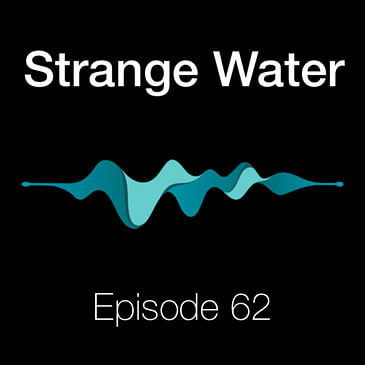Dive into the turbulent world of cryptocurrency's first major bubble as we explore the rise and fall of Facebook's ambitious Libra project, now known as Diem. Despite its demise, it left behind a valuable legacy in the form of the Move smart contract language, heralding a new era of security in blockchain development. Join us as Movement Labs co-founder Rushi Manche unveils their groundbreaking vision to harness Move's potential in a $38MM initiative, promising both technological innovation and community support. Discover how Movement Labs aims to “make blockchain security sexy.”



